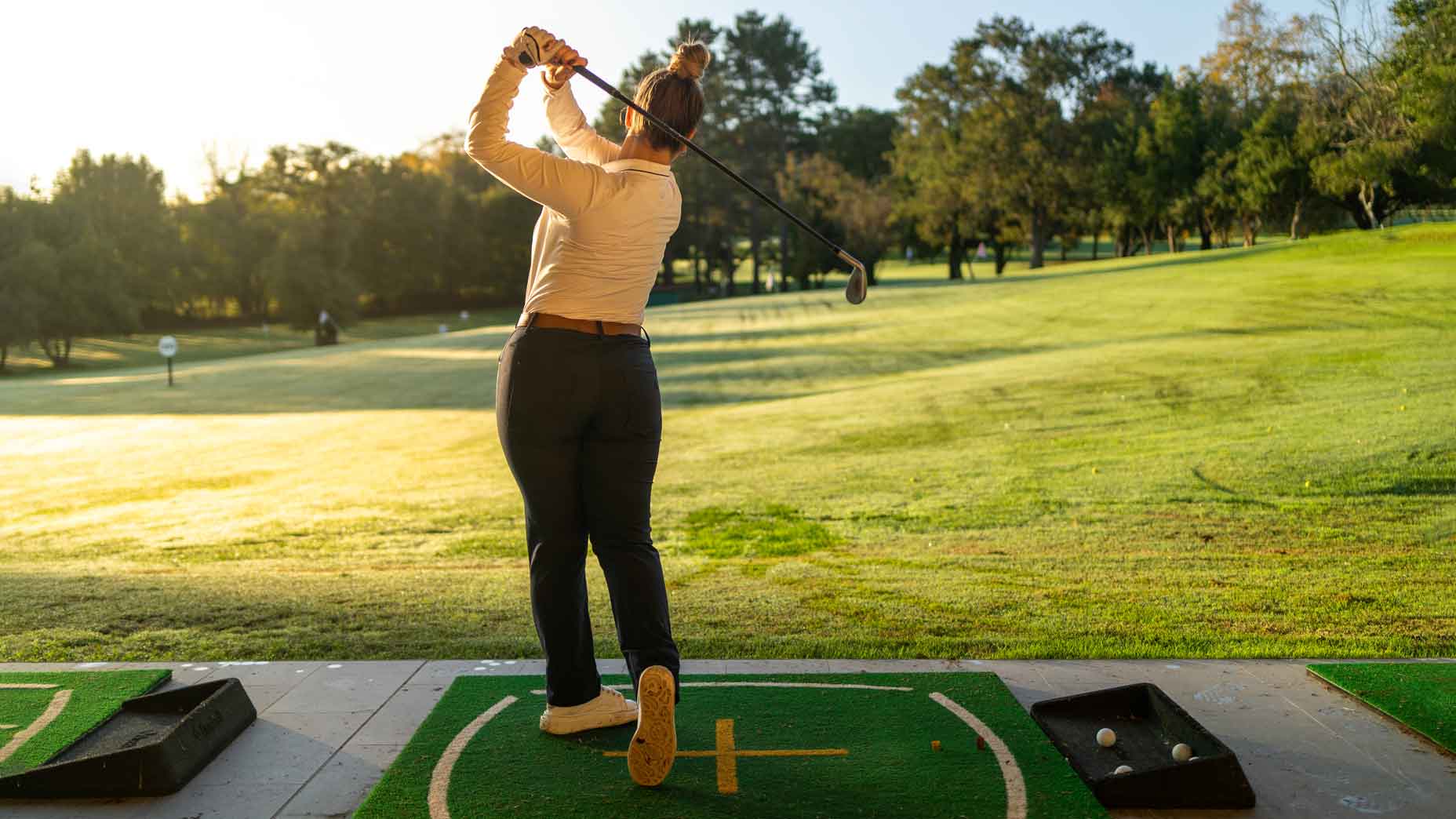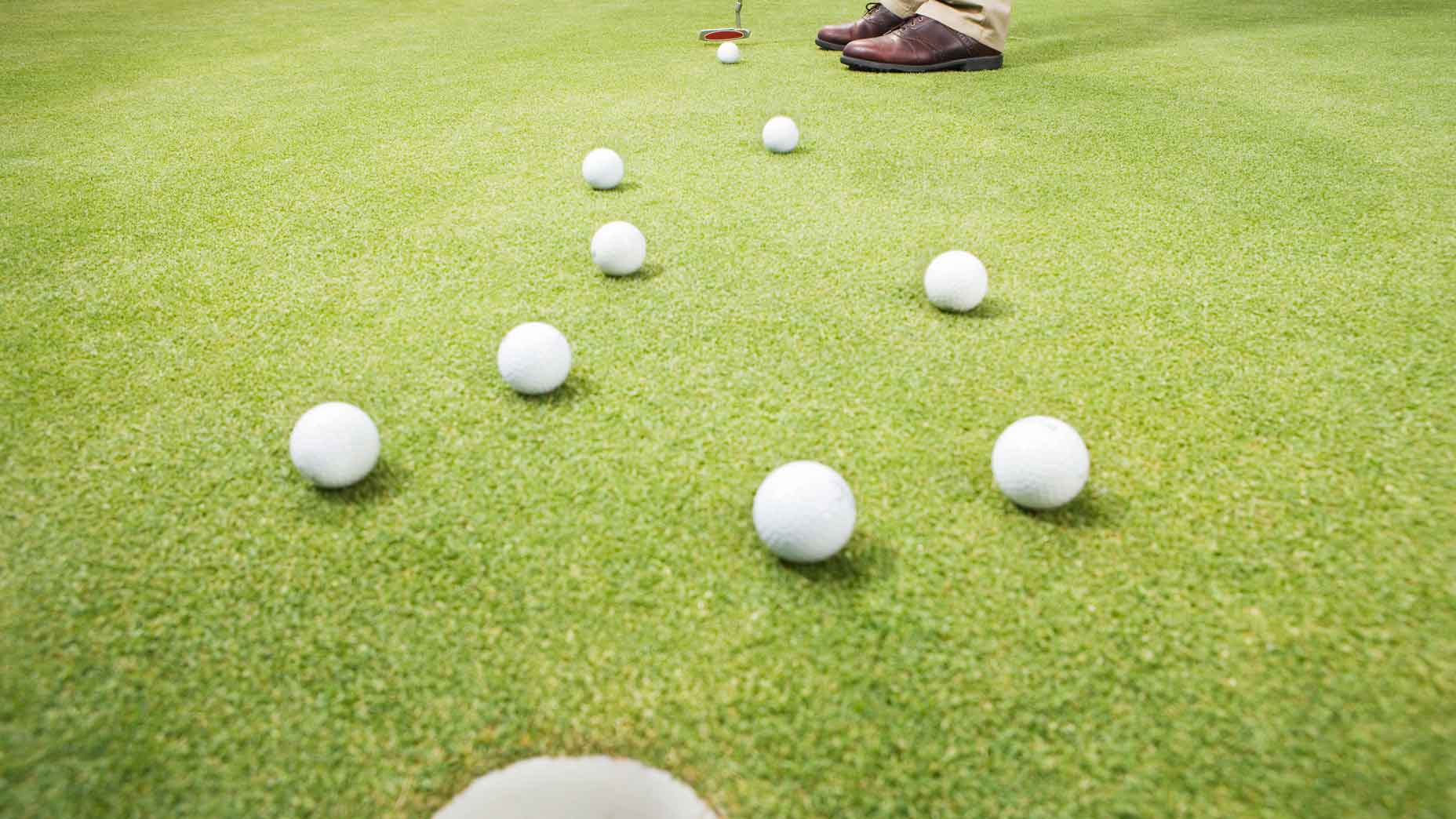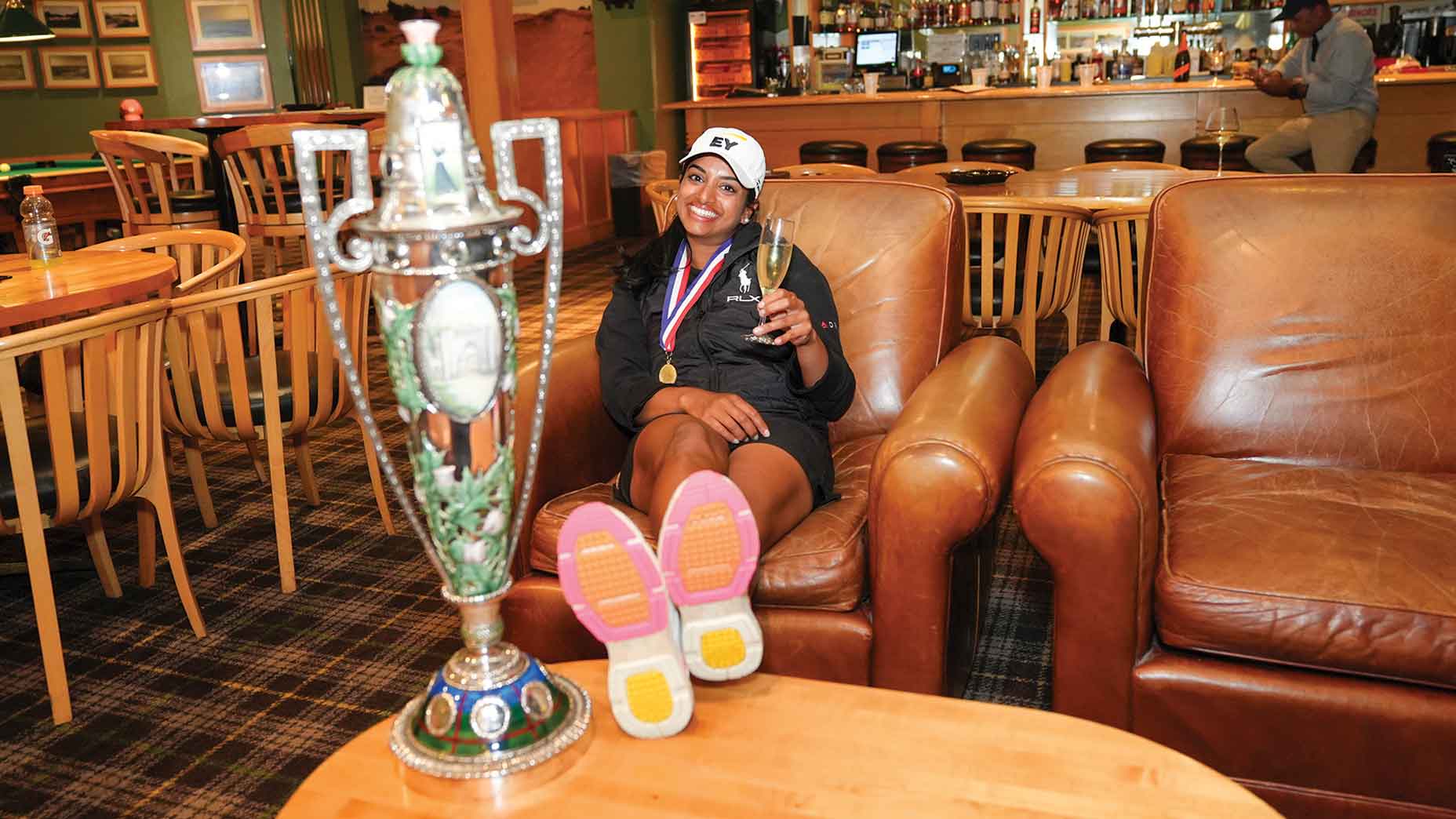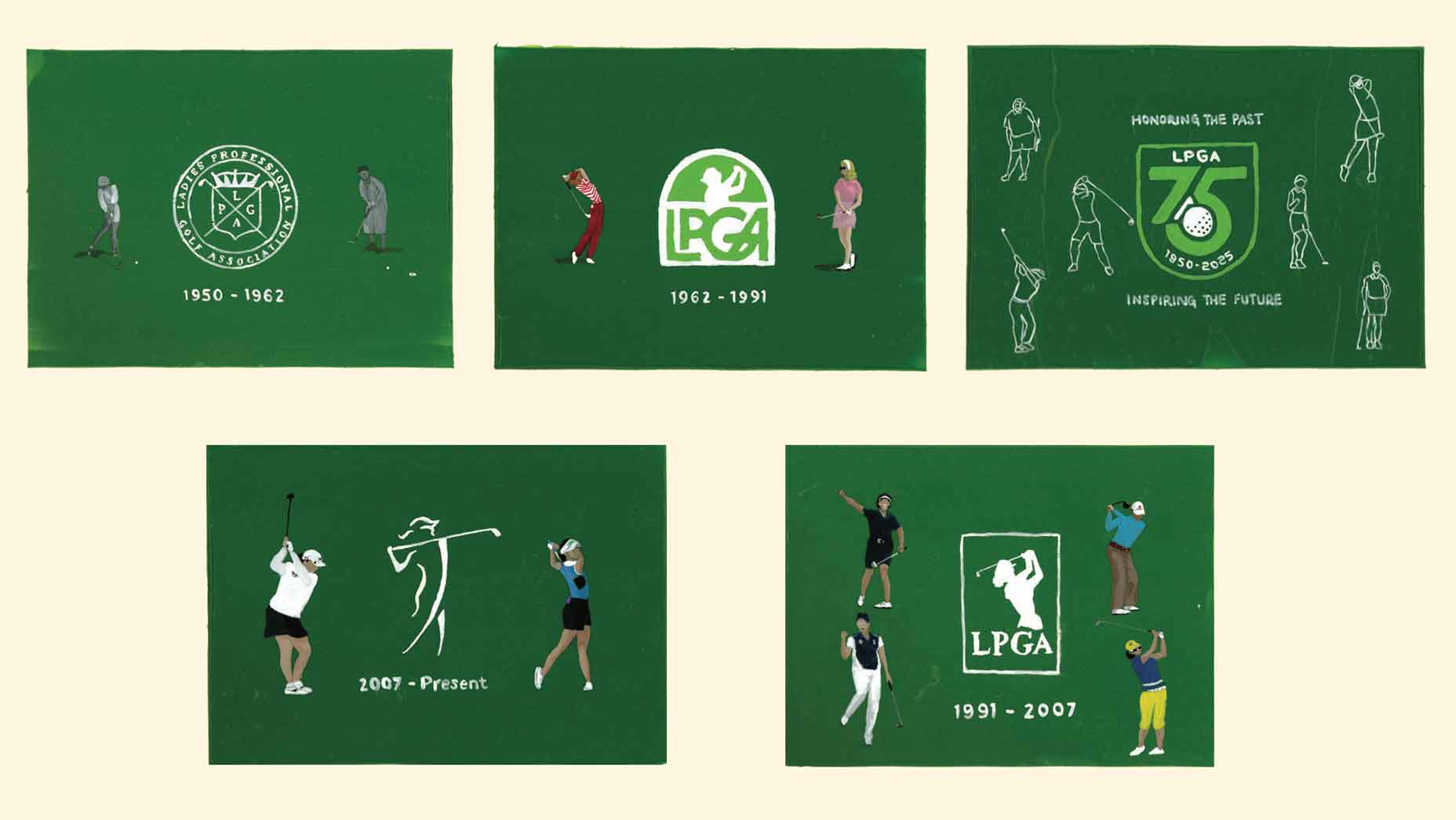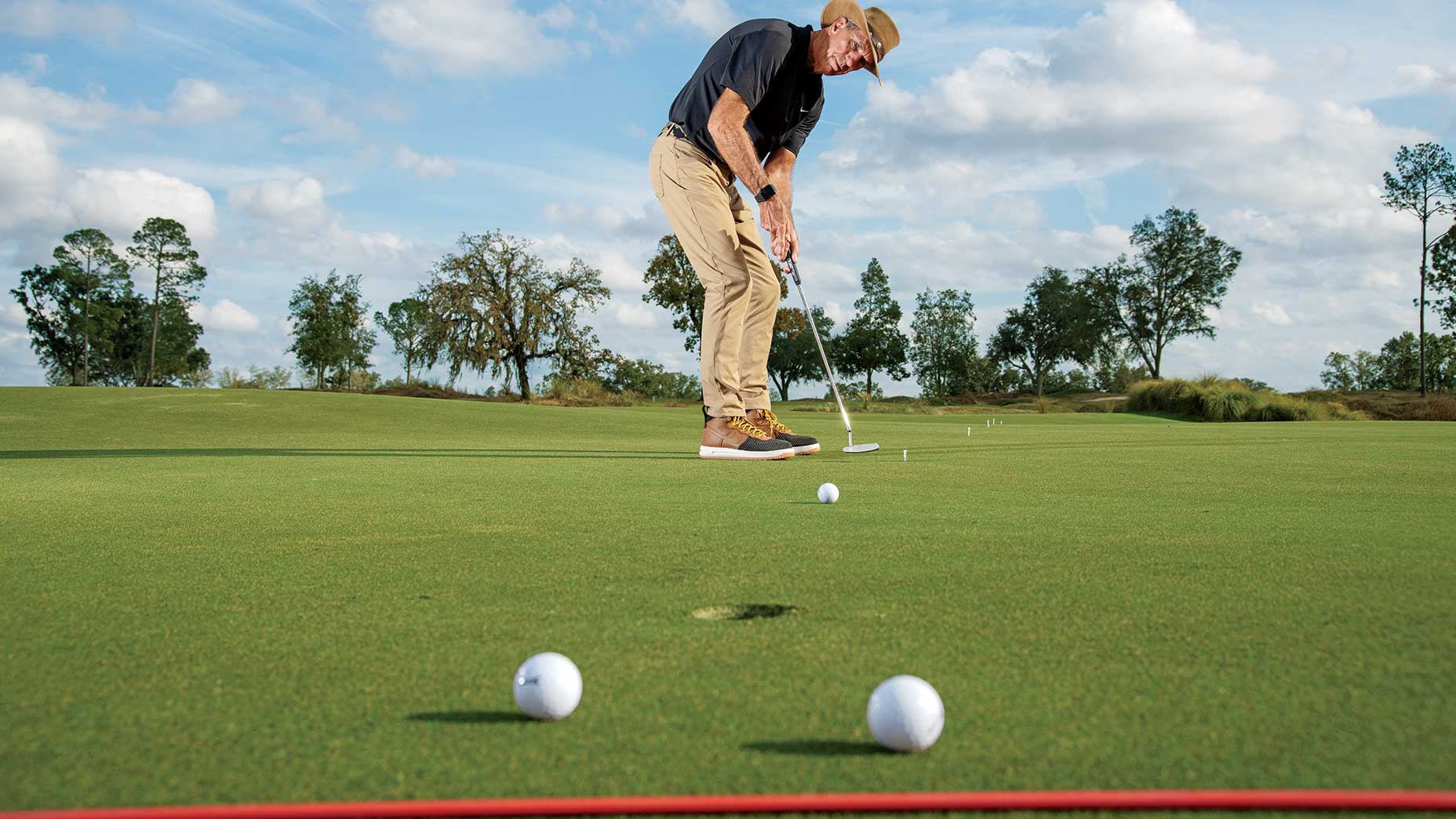Practice. It’s the one things golfers of all levels need, but deciding what and how to practice can be confusing for many recreational players.
With so many facets of the game that need work — and reps — deciding what to work on can be overwhelming, which results in many golfers feeling inclined to cover multiple areas of the game in a single practice session, a strategy that GOLF Teacher to Watch Derek Swoboda says isn’t ideal. The perfect practice session, he says, should be curated to the individual. And it doesn’t have to be a marathon either.
“I would a build a goal sheet that is very specific to one area, not multiple areas,” he says. “Go practice with one thing in mind. You don’t have to go to the range and work through the entire bag every time.”
Swoboda noted that U.S. Open champion Matthew Fitzpatrick likes to practice is odd-numbered irons on odd days and even-numbered irons on even days. If that’s good enough for one of the world’s best players, why are we recreational players killing ourselves by attempting to work on every club we have?
Swoboda says that writing things down can be enormously helpful.
“Jot down your goals in a notebook,” he says. “I’ve got a green notebook that I use, both for my students and for note-taking and things of that nature. But if you can have a practice notebook that you carry around in your bag, then you have a way to measure and understand how you’re getting better.”
As an instructor, Swoboda says there’s only so much he can do during a lesson. Putting in the work is up to each student.
‘You’d be amazed at how quickly you become better’: A simple drill for fast improvementBy: Jessica Marksbury
“We don’t have magic pixie dust that we can just sprinkle on people and they get better,” he says. “There has to be a practical application.”
If you’re wondering how to decide what to work on, Swoboda says playing a worst-ball scramble is a good way to start. (That means hitting more than one shot and playing from the one that ends up in the worse position). Worst-ball can quickly reveal your game’s current shortcomings, thereby giving you a list of areas to focus on.
Swoboda says devoting 30 minutes a day to a single area of the game can yield improvement in as little as two weeks.
“Dedicate yourself to putting, work on speed drills, shots around the green,” he says. “The majority of the game is played from inside of 70 yards.”
For players looking for a bit more refinement, the practice time can be spent on swing mechanics.
“These sessions can be target-focused, making sure that you’re able to control the things you’re able to control, grip posture, stance in alignment and focusing on the fundamentals,” he says.
So the next time you head to the range or the short-game area, don’t worry about ticking all the practice boxes. Pick one — and attack it with gusto — to see real improvement.
